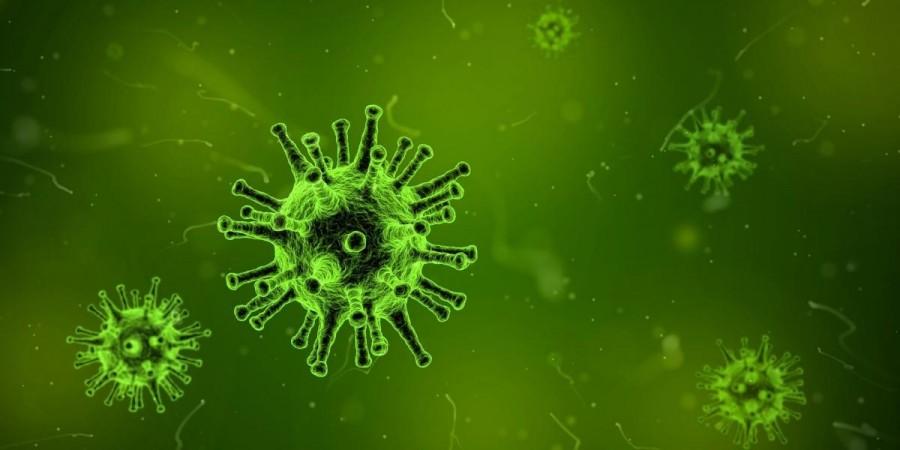A group of researchers from Japan, the United States, and the United Kingdom established an initiative to create effective treatments. Several researchers from Tokyo University of Science were part of this team. Their mission was simple: discover a cure for COVID-19.
To accomplish this, the researchers first built an experimental approach for screening medications that may aid in infection control. This technique made use of VeroE6/TMPRSS2 cells, which were engineered to efficiently infect and produce SARS-CoV-2.
"To determine whether a drug of interest could help combat infection by SARS-CoV-2, we simply had to expose VeroE6/TMPRSS2 cells to both the drug and SARS-CoV-2 and then observe whether the drug's presence served to hinder the virus's efforts to infect cells," explains Professor Watashi, one of the researchers based at Tokyo University of Science.

The researchers employed this experimental approach to assess a panel of medications that are already licensed for clinical usage, such as remdesivir and chloroquine, which are either approved or being tested as COVID-19 therapeutics. The researchers discovered two medications that effectively suppressed SARS-CoV-2: cepharanthine, which is used to treat inflammation, and nelfinavir, which is licensed for the treatment of HIV infection.
Cepharanthine prevented the virus from entering cells by stopping it from attaching to a protein on the cell membrane that it uses as a gateway. Nelfinavir, on the other hand, works to prevent the virus from multiplying inside the cell by blocking a protein that the virus uses for replication.
Given that these medications have separate antiviral actions, combining them could be extremely beneficial for patients, with computational models showing that combination cepharanthine/nelfinavir therapy can reduce SARS-CoV-2 clearance from a patient's lungs by as little as 4.9 days.

The pharmacological combination is not yet ready to be introduced into healthcare systems. These findings warrant additional research into the therapeutic potential of cepharanthine/nelfinavir therapy, and only after that can we be certain that it is effective and beneficial.
Nonetheless, given the persistent nature of the COVID-19 pandemic and the rising mortality toll, the development of cepharanthine/nelfinavir therapy may offer clinicians and patients a much-needed new treatment option.

















